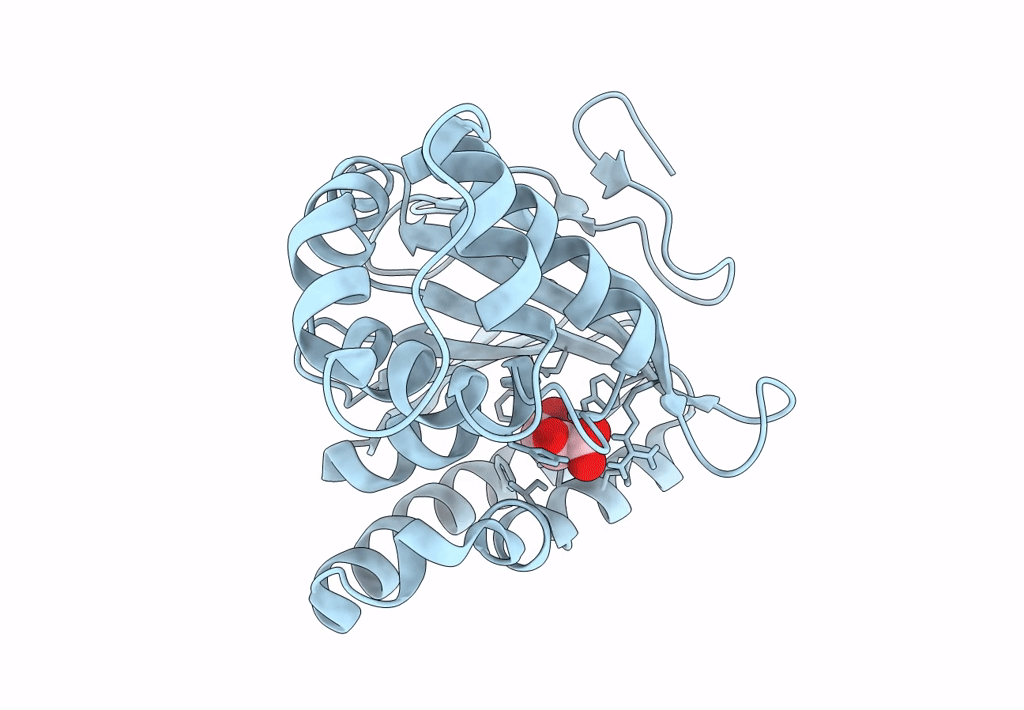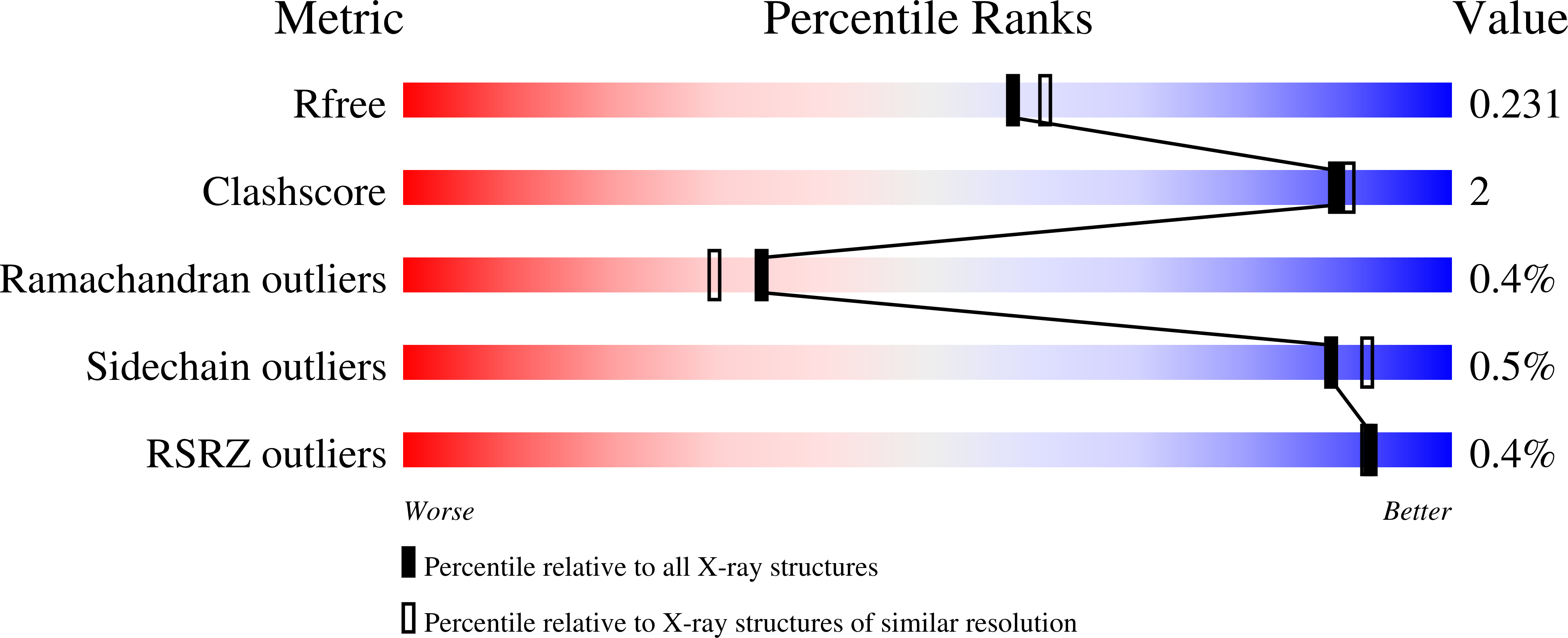
Deposition Date
2022-10-21
Release Date
2023-03-22
Last Version Date
2023-10-25
Entry Detail
PDB ID:
8EW9
Keywords:
Title:
Crystal structure of Saccharomyces cerevisiae Altered Inheritance rate of Mitochondria protein 46 (AIM46p)
Biological Source:
Source Organism:
Saccharomyces cerevisiae S288C (Taxon ID: 559292)
Host Organism:
Method Details:
Experimental Method:
Resolution:
2.00 Å
R-Value Free:
0.23
R-Value Work:
0.16
R-Value Observed:
0.17
Space Group:
P 1 21 1


